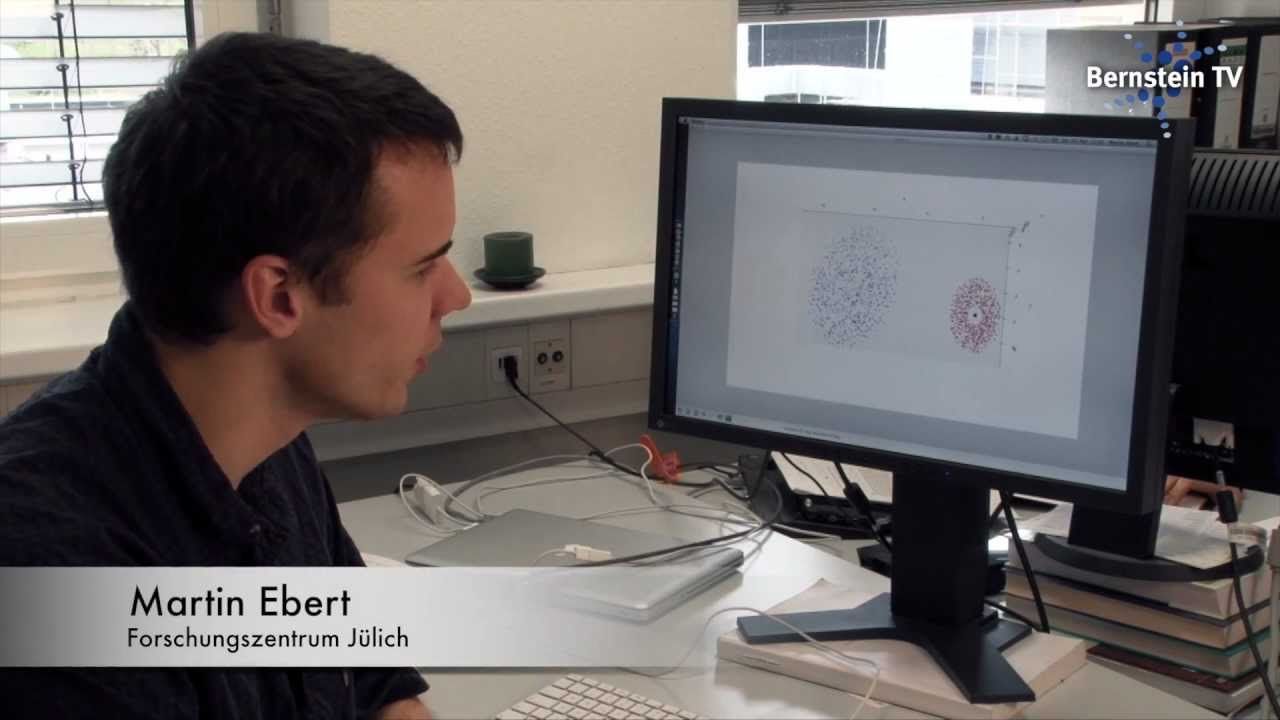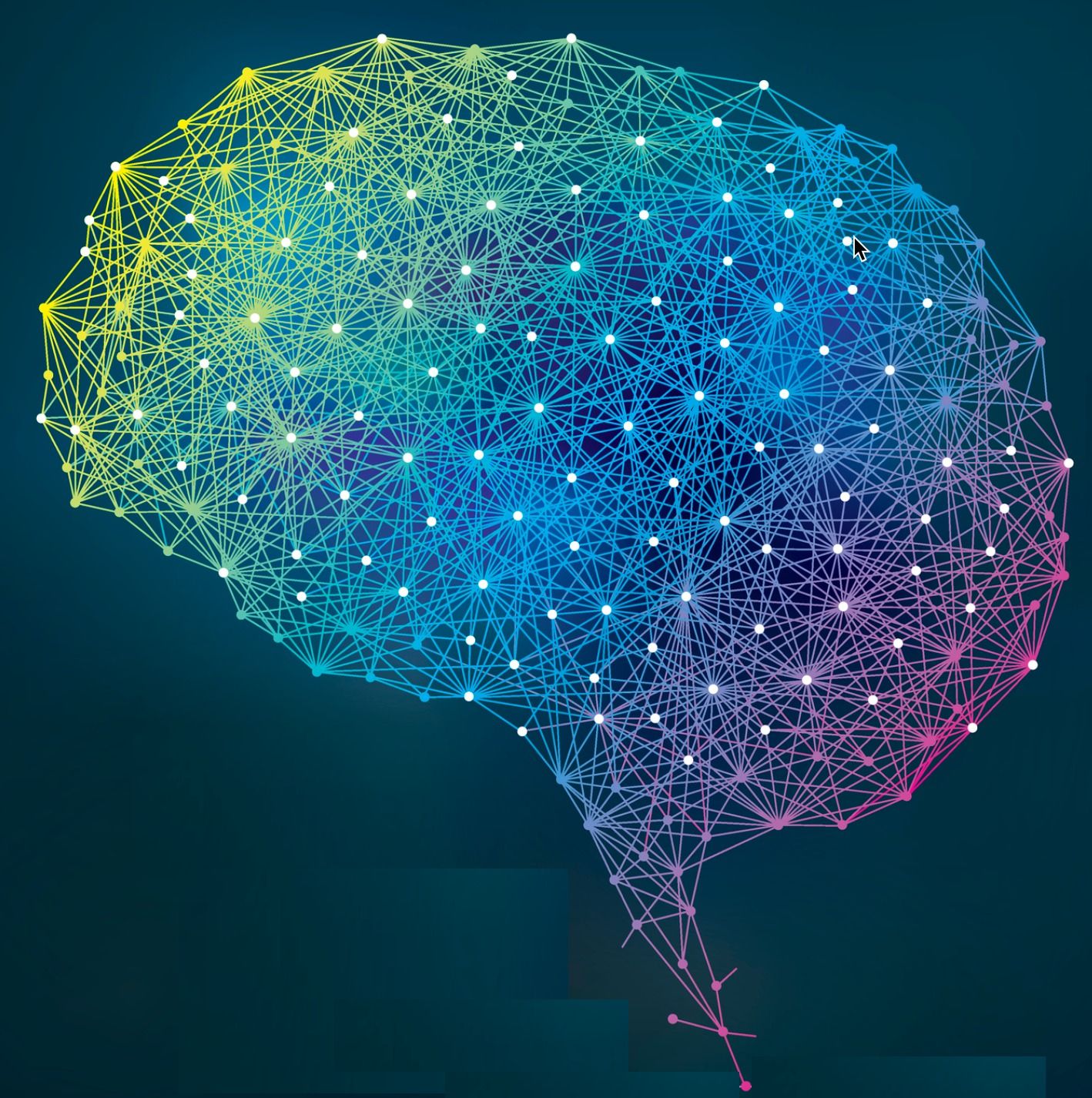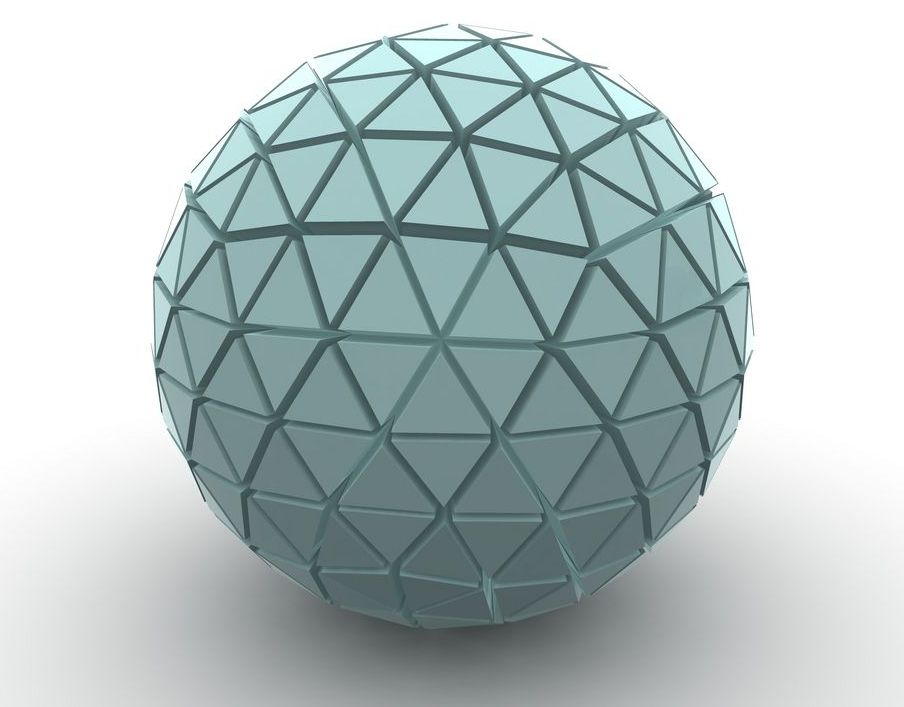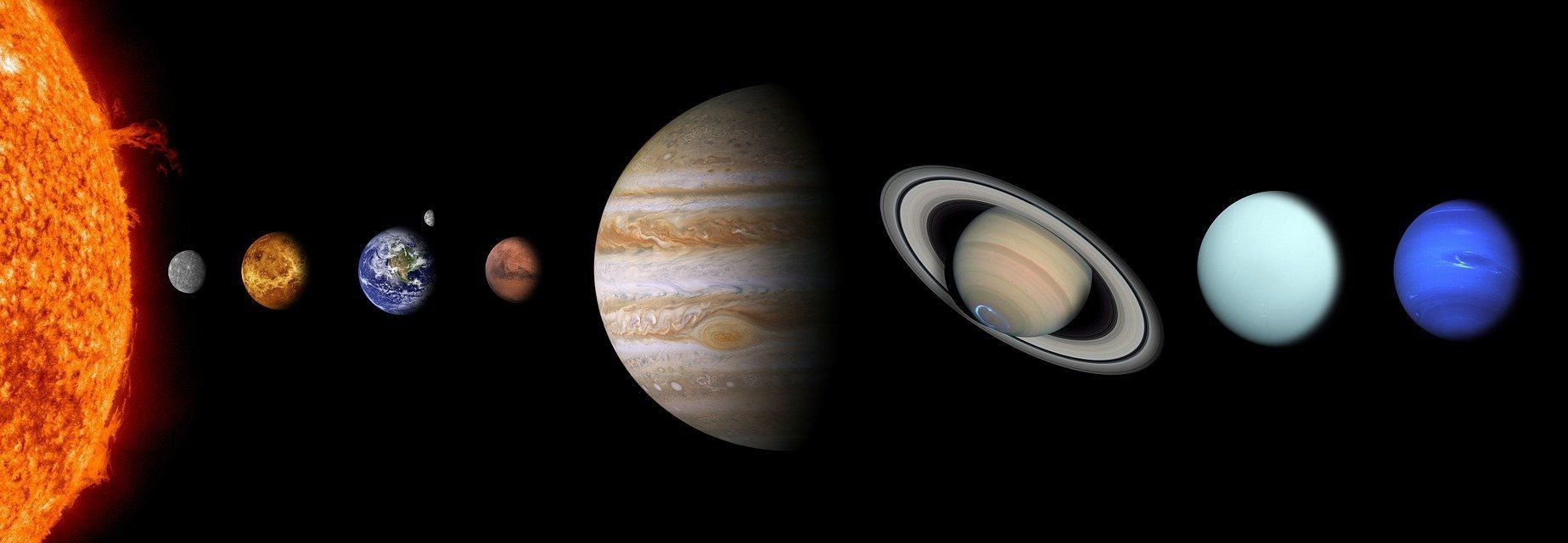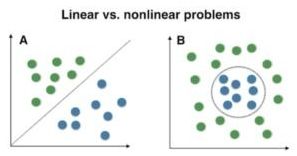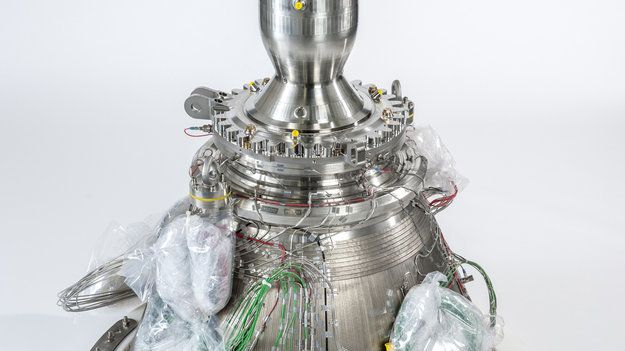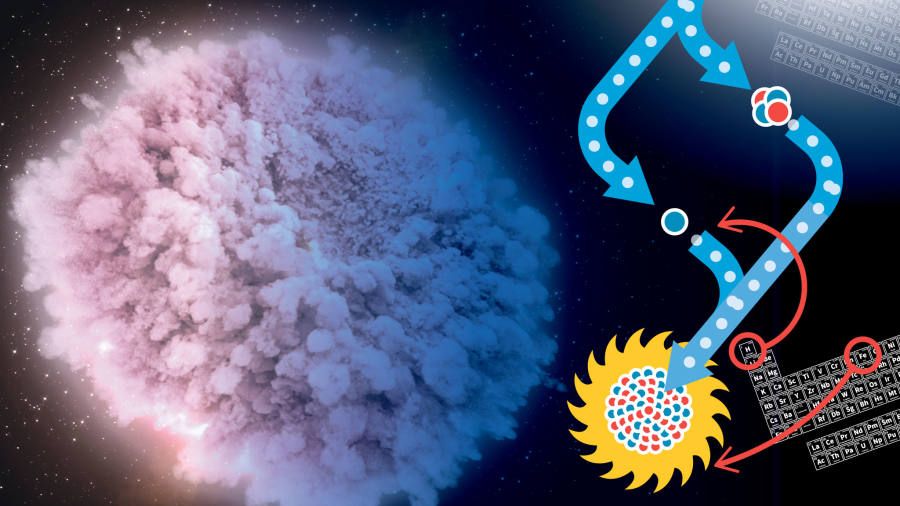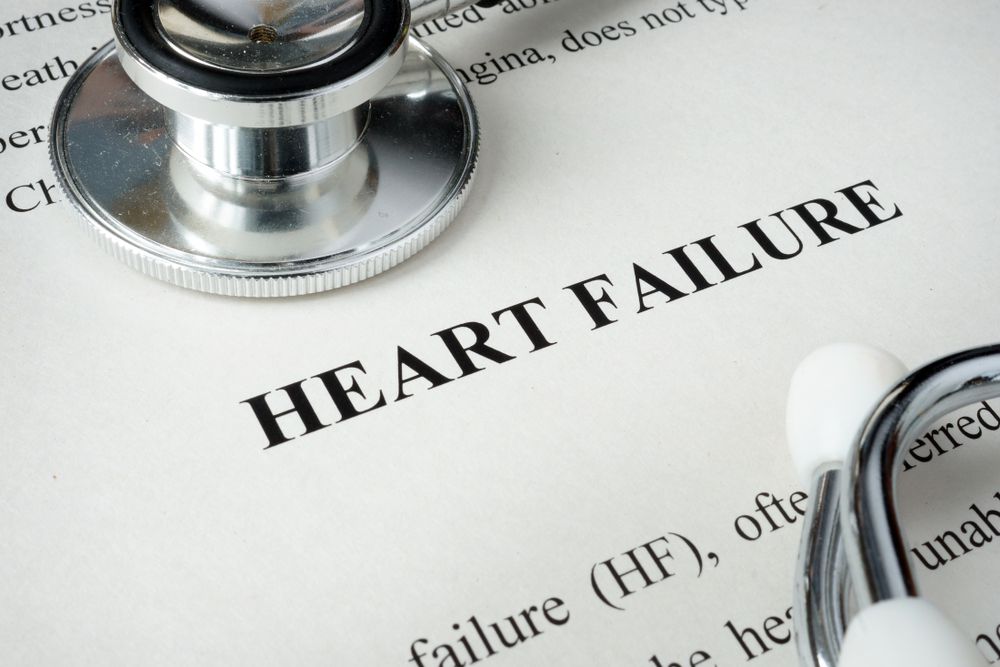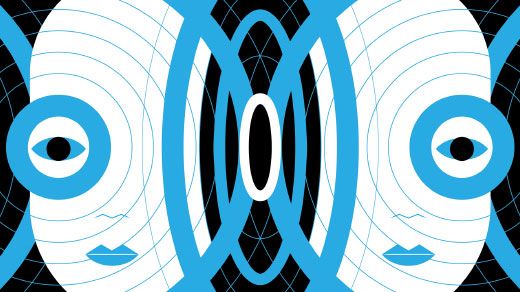Page 9590
Mar 22, 2018
Biological Cells Fused with Artificial Cells
Posted by Steve Hill in categories: bioengineering, biological
For the first time in history, researchers have fused artificial cells with biological cells in a way that lets them work together. This opens the door for a variety of new possibilities and applications.
Fusing biological and artificial cells
The research team at Imperial College London uses a system that encapsulates biological cells within an artificial cell. Using this approach, the team can harness the ability of biological cells to produce chemicals while offering them protection from the environment.
Continue reading “Biological Cells Fused with Artificial Cells” »
Mar 22, 2018
Transhumanism VS Christianity (Full Exclusive Interview)
Posted by Zoltan Istvan in categories: cosmology, transhumanism
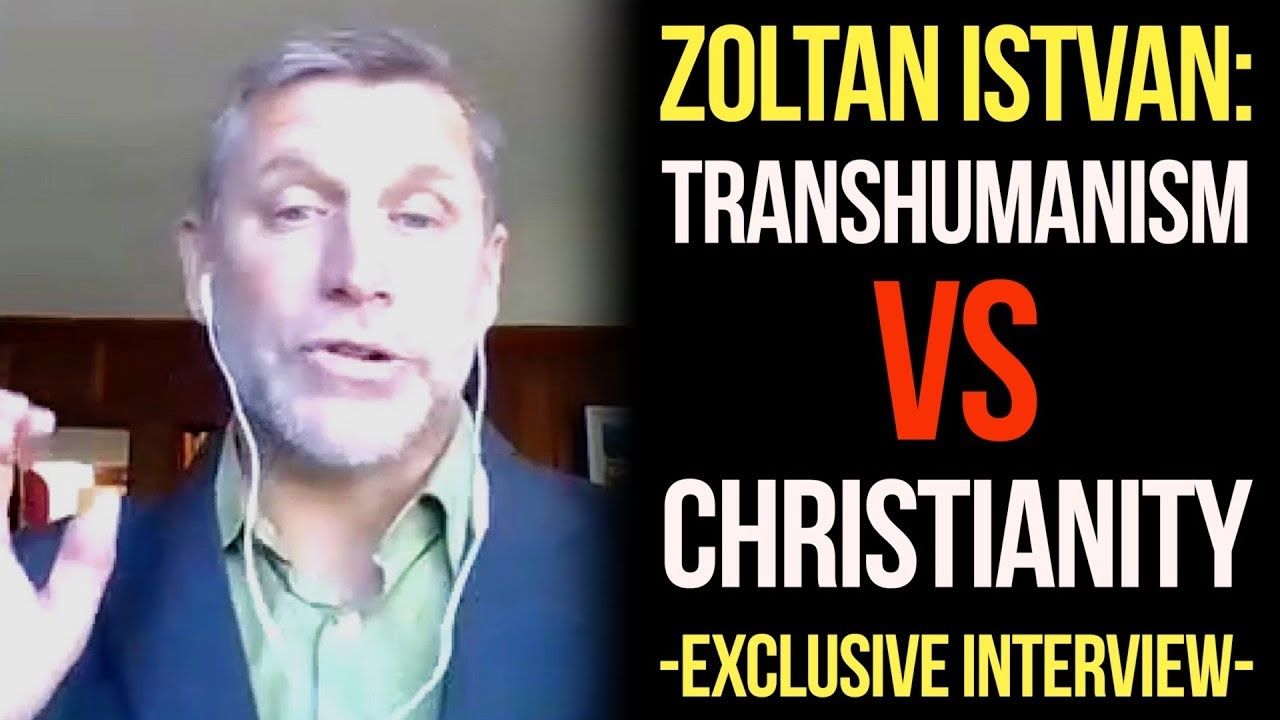
Just Out: I did an hour long interview with Josh Peck of Into the Multiverse on Skywatch TV. Josh is a Christian #libertarian and this interview covers a variety of subjects including the compatibility of #Christianity & #Transhumanism, as well as my CA Governor run:
http://skywatchtv.com PLEASE SUBSCRIBE AND SHARE! Here is the full exclusive interview of Zoltan Istvan by Josh Peck on the topic of transhumanism vs Christianity.
Continue reading “Transhumanism VS Christianity (Full Exclusive Interview)” »
Mar 22, 2018
New theory to explain why planets in our solar system have different compositions
Posted by Genevieve Klien in categories: education, space
A team of researchers with the University of Copenhagen and the Museum für Naturkunde, Leibniz-Institut für Evolutions has come up with a new explanation regarding the difference in composition of the planets in our solar system. In their paper published in the journal Nature, they describe their study of the calcium-isotope composition of certain meteorites, Earth itself, and Mars, and use what they learned to explain how the planets could be so different. Alessandro Morbidelli with Observatoire de la Côte d’Azur in France offers a News & Views piece on the work done by the team in the same journal issue.
As Morbidelli notes, most planetary scientists agree that the planets in our solar system had similar origins as small rocks orbiting the sun, comprising the protoplanetary disk, which collided and fused, creating increasingly larger rocks that eventually became protoplanets. But from that point on, it is not clear why the planets turned out so differently. In this new effort, the researchers have come up with a new theory to explain how that happened.
The protoplanets all grew at the same rate, the group suggests, but stopped growing at different times. Those that were smaller, they continue, stopped growing sooner than those that were larger. During this time, they further suggest, material was constantly being added to the disk. Early on it, it appears that the composition of the material was different from the material that came later, which explains why the rocky planets we see today have such differences in composition.
Get past the jargon and buzzwords surrounding neural networks and learn what they have to do with machine learning and data science.
Mar 22, 2018
ESA proves new technologies to power future launchers
Posted by Genevieve Klien in categories: futurism, materials
A full-scale demonstrator of the thrust chamber for an upper-stage rocket engine incorporating the newest propulsion technologies is being prepared for its first hot firing.
The Expander-cycle Technology Integrated Demonstrator, or ETID, has arrived at the DLR German Aerospace Center test facility in Lampoldshausen for tests. It will help to prove new technologies, materials and manufacturing techniques that offer higher performance at lower cost for Europe’s future launchers.
ETID is a precursor of the next generation of 10-tonne rocket engines. Some of the technologies could also be used on upgrades to the existing Vinci, which powers the upper stage of Ariane 6.
Continue reading “ESA proves new technologies to power future launchers” »
Mar 22, 2018
US, Russia send astronauts to International Space Station for months-long stay
Posted by Genevieve Klien in category: space travel
The U.S. and Russia each sent astronauts to the International Space Station with a Wednesday, March 21 launch from the Baikonur Cosmodrome in Kazakhstan.
NASA sent two astronauts to the space station while Russian space agency Roscosmos sent one. The three crew members were launched aboard the Soyuz spacecraft, and are expected to dock with the space station’s module sometime Friday afternoon. NASA will have a stream of this docking starting 3 p.m. Friday on NASA TV and its website.
Mar 22, 2018
Scientists discover the origins of gold in space
Posted by Genevieve Klien in category: space
Researchers at the University of Alabama at Birmingham have discovered a potential target for therapies that may prevent or delay heart failure from pressure overload of the heart. It could also be a biomarker to warn physicians that a patient is at risk of this happening.
Early macrophage infiltration is a step in heart failure
In a new study, Dr. Sumanth Prabhu and his team showed that preventing the early infiltration of CCR2+ macrophages into the heart, in a mouse model of heart failure, significantly reduced enlargement of the heart and the decline of the pumping ability that leads to heart failure [1]. This means that the infiltration of macrophages is a critical step in heart failure.
Mar 22, 2018
Black Hole Echoes Would Reveal Break With Einstein’s Theory
Posted by Genevieve Klien in categories: cosmology, physics
Gravitational waves have opened up new ways to test the properties of black holes — and Einstein’s theory of gravity along with them.
